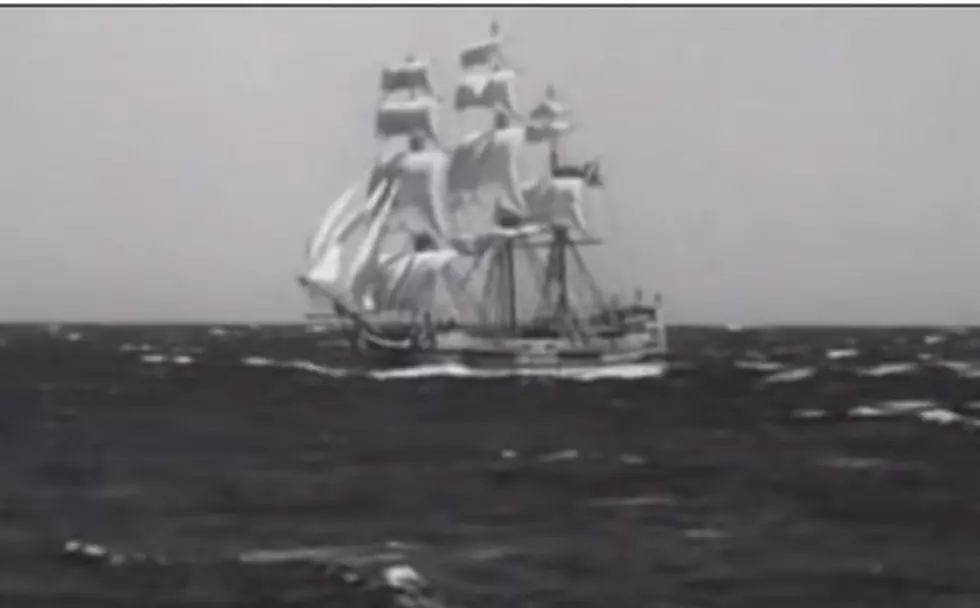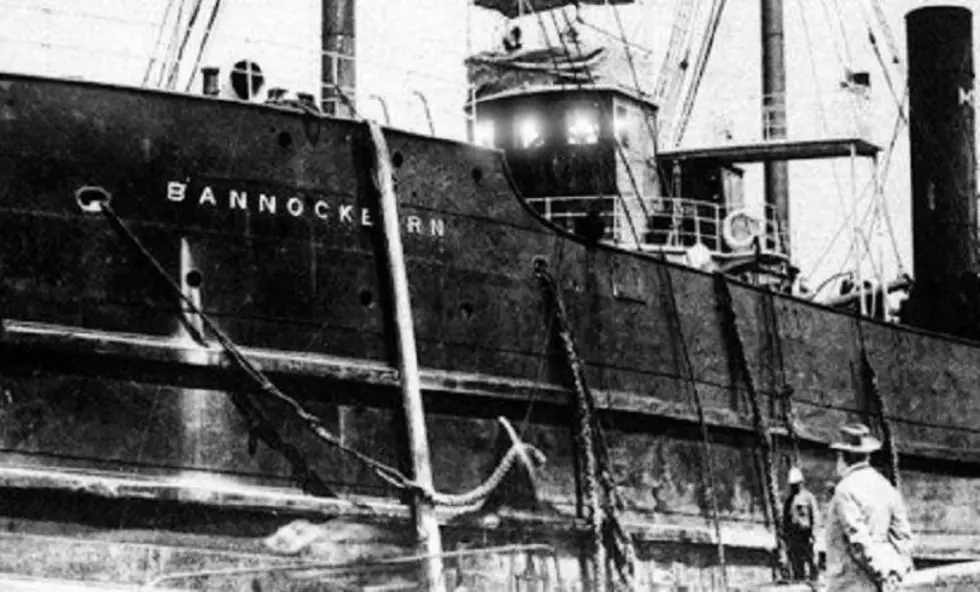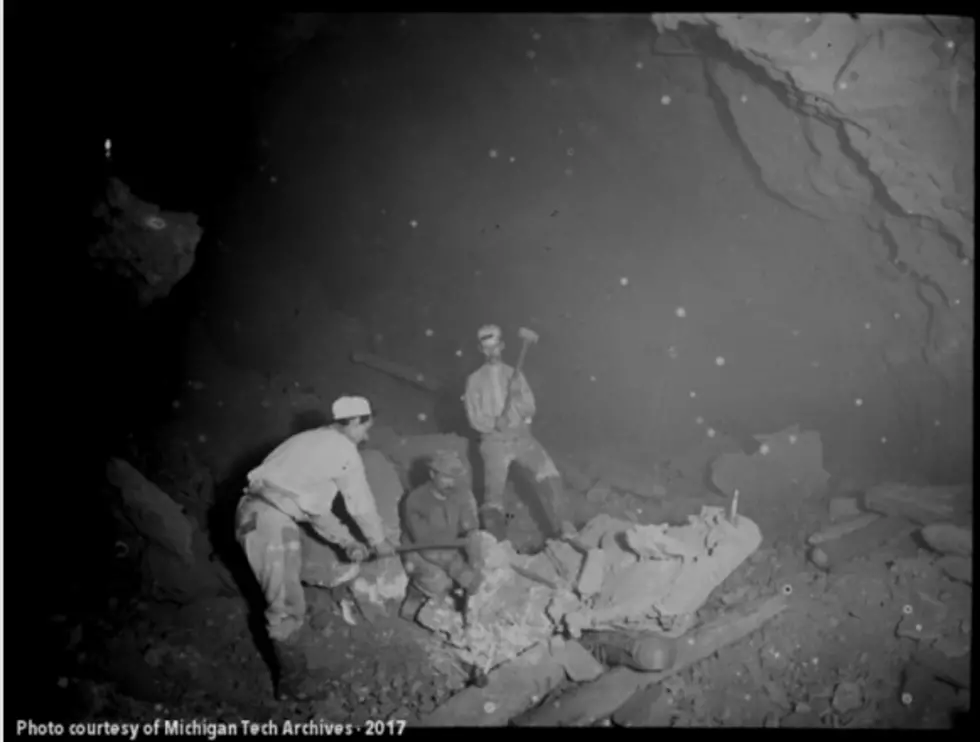
Yes, There Were Pirates on the Great Lakes
Pirates were not just confined to the seven seas…there were pirates on the Great Lakes as well.
For many years including the 1700's, 1800's, and into the early 1900’s, there was a plethora of piracy on the Great Lakes. Their ships weren’t the kind you see in the movies, but more like privately owned schooners or sloops. With these unassuming ships, the Great Lakes pirates got away with stealing beaver pelts, furs, money, ore, other ships, and timber.
What did these pirates wear? No peg-legs, no eye patch, no parrot on the shoulder, no sashes, earrings, or gaudy clothes. They wore mittens, pullovers, sweaters, turtlenecks, and wool caps. When the winter months hit and the waters became iced over, the pirate crews would go home and lead domestic lives until the spring thaw in May.

Probably the most famous Great Lakes pirate, who sailed mostly on Lake Michigan, was Dan Seavey. Seavey was born in Maine in 1865 and began working on ships when he was thirteen. Later, as a deputy marshal of Indian affairs, he busted Native American bootleggers and smugglers. He moved to Milwaukee in the 1890’s, got married and opened a saloon. By 1904, he attempted to make a living at various other jobs. That same year, becoming discouraged, Seavey finally turned to piracy by bootlegging, pimping, poaching, and smuggling.
Seavey’s most successful modus operandi was to put up fake port lights. Ships would see the fake lights, crash on the rocks, and then be pillaged by Seavey’s band of pirates of the ship’s cargo. In 1908 he stole the ship “Nellie Johnson”, intending to sell it in Chicago. This was the crime that finally got him captured by the United States Revenue Cutter Services; Seavey was clasped in irons and arrested. He became the only man formally charged with piracy on the Great Lakes, as “mutiny and sedation on the high seas”.
Seavey was eventually set free, and lived a basically “piracy-free” life until he passed away in February, 1949 at the age of 84.
Okay…..pirates and pirate ships, fine. But what about buried or sunken pirate treasure?
Great Lakes historians agree there were a number of boats and ships that sank with gold, money, and treasure aboard. Great Lakes ships that carried gold from the east coast to Detroit or Chicago occasionally sank, leaving speculation to treasure yet to be found. Scuba divers and treasure seekers are being discouraged to search for sunken treasure, told that it’s all been recovered.
We know that probably isn’t true, right?
How can it ALL be recovered?
But what about the gold that was stolen by the pirates and buried?
There must be some still out there.
MORE INTERESTING MICHIGAN STUFF:
Devil's Kitchen
House Of The Cat Lady
The Shipwreck 'Atlanta'
KEEP READING: Scroll to see what the big headlines were the year you were born
More From 99.1 WFMK









